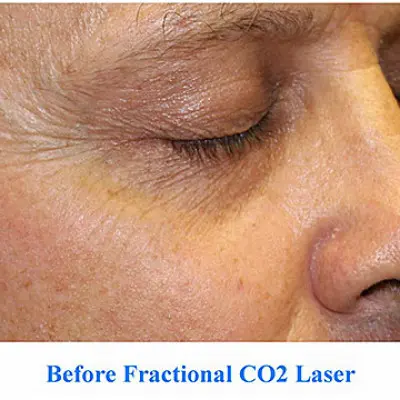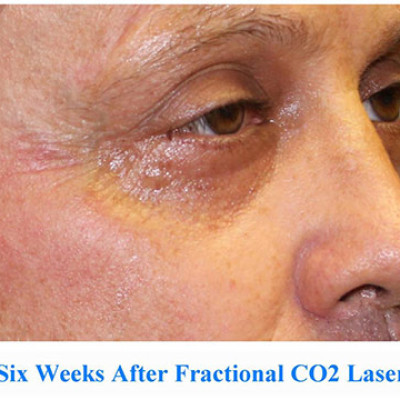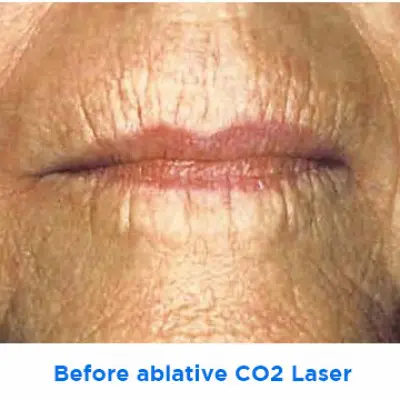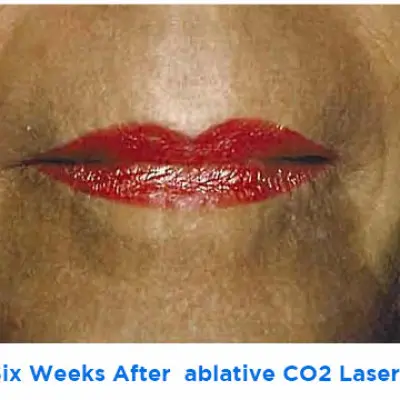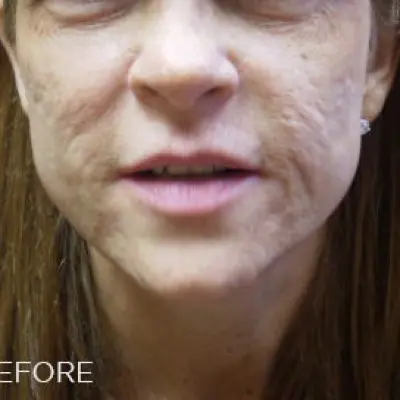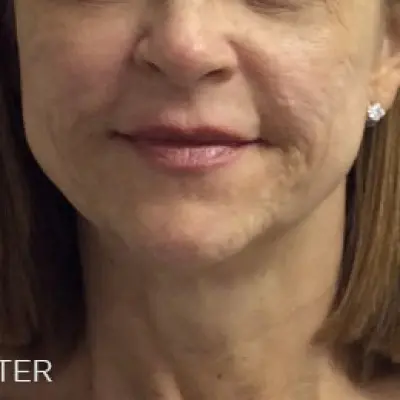Icon 1540 Fractional Non-Ablative Resurfacing Laser
For those who want the nearly the same results of an aggressive ablative laser without the downtime or side effects, the 1540 fractional laser is ideal. This laser differs from ablative lasers as it heats the skin and does not ablate (destroy) it. This results in faster healing and little downtime.
Most patients experience redness and minimal swelling for no more than 24-36 hours after the procedure and can resume most activities immediately after the procedure.
As this is "less aggressive" than its ablative CO2 counterpart, most patients will require 3-6 treatment sessions to achieve their desired results.
This gentle treatment cannot achieve the same result of skin tightening as the ablative CO2, but this is a great alternative to those who do not want or cannot afford any downtime.
It is used to treat: acne scars, surgical scars, stretch marks, melasma, wrinkles, and fine lines.
Most patients will require 3-6 treatment sessions, depending upon what is being treated. Most often these sessions are spaced 4-6 weeks apart. In some cases, more or less treatment sessions may be recommended.
Most properly selected patients achieve a good result. Results can never be guaranteed, but improvement is always seen. The results are not as good as that seen with more aggressive treatments, such as the CO2 laser, but also has far less downtime with each treatment.
Most patients will experience a long-lasting result of at least several years or more. Other factors, such as sun exposure, aging, and some medical conditions, may impact the longevity of the results.
The treated areas will look red and slightly swollen after the treatment. The skin may feel warm to the touch. This typically lasts 24-72 hours. Normal activities can be resumed immediately after treatment, although sun-exposure should be avoided for at least 4 weeks for best results.
One must avoid sun-exposure for at least 2 weeks prior to treatment. One should not use Retin A, Retinol, Differin, tretinoin, or any wrinkle creams for at least 1 week prior to treatment. One may take blood thinners, which may result in bruising. Please discuss this PRIOR to your treatment date.
Do not use any retinoids, scrubs, masks, or anti-wrinkle preparations for at least 2 weeks after. One should avoid sun exposure for at least 2 weeks after the procedure.
While this technology is very expensive, it often costs less than other fractional peels that are NOT non-ablative. Most patients will spend between $1500 and $3000 for a package of 3-6 sessions.
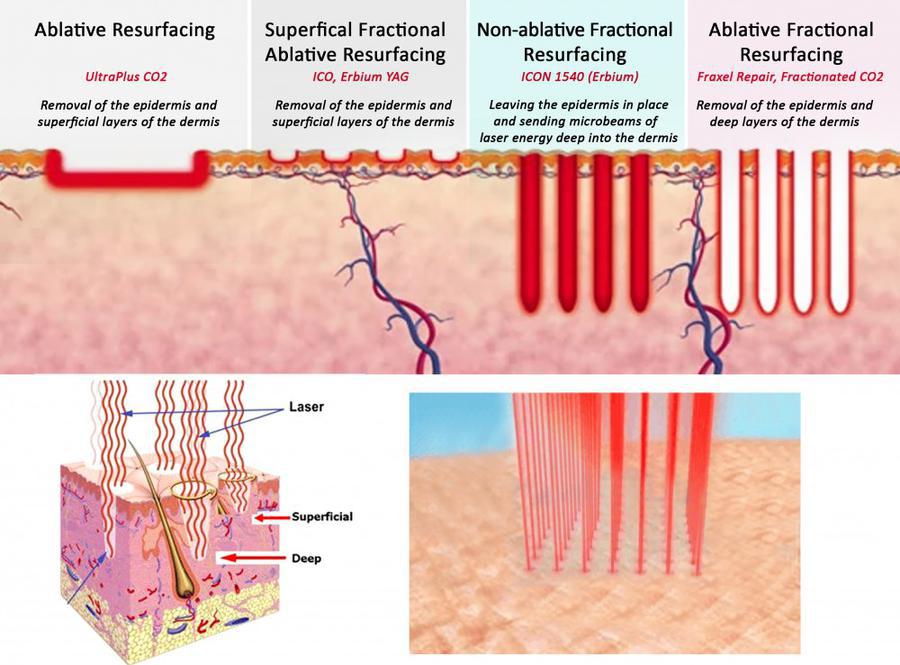
We offer the ICON 1540/Non-ablative Fractional Resurfacing (third photo from the left above. This procedure HEATS the skin (red lines), but does not destroy or remove any skin. Healing is VERY fast. Most patients are a little red for 15-60 minutes, but in some cases this can last 1-2 days. As this is a "gentle" treatment, 3-6 treatment sessions are needed for optimal results.
We offer Fractionated CO2/Ablative Fractional Resurfacing (photo on the right). This destroys skin (in white) and heats (in red). As skin is removed, there is a healing process of 5-14 days. For deeper treatments, as is needed for acne scars, the treated areas can remain pink for many weeks.
Ablative resurfacing (image on the left) is rarely performed today as the healing time is many months and permanent lightening of the skin over time is common.
SUMMARY: Compare the Ablative CO2 (carbon dioxide laser) to the Icon 1540 Non-ablative laser
In short, the CO2 laser is more effective for the treatment of fine lines and scars. when compared with the ICON 1540. As it ablates (destroys) tiny columns of skin, it is more painful both during and after the procedure. Most patients will have to undergo nerve blocks or sedation for aggressive procedures and will require pain medication after the procedure. The carbon dioxide laser has more risk of scarring and pigmentary problems, and has downtime of 5 days to several weeks.
In contrast, the ICON 1540 does not destroy the skin, but heats columns to tighten the skin. It is much more comfortable during the procedure and nerve blocks are never required and even topical anethesia is usually not needed. After the procedure there is no discomfort and most experience a slight redness that can last hours to a few days. The risk of pigmentary problems is significantly lower when compared to the carbon dioxide laser. As there is less heat generated with each treatment, several passes must be made during each treatment session and multiple treatment sessions are needed (often 3-6). Despite being less effective than the CO2, most patients are very pleased as the procedures are fairly comfortable, quick, and have no real downtime, which is a major advantage when compared with the CO2. Unfortunately, they will have to undergo several treatments, which for most is worth not having to have the downtime seen after the CO2.

